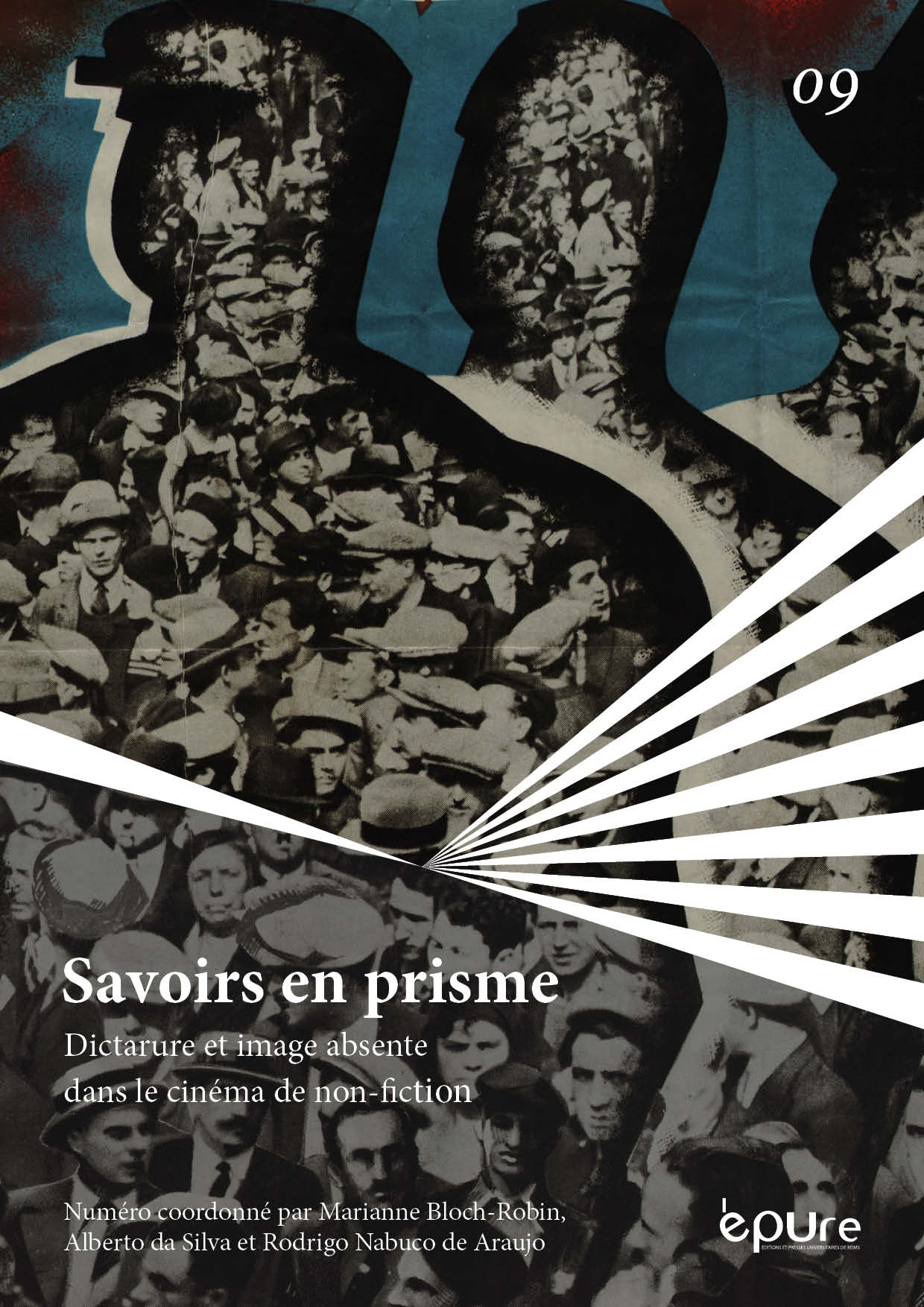La cámara que tiembla: sobre el bombardeo al Palacio de La Moneda y algunas imágenes que nos mueven
Abstract
While the iconic images of the bombardment of La Moneda Palace on September 11, 1973 have been relentlessly reproduced and revisited in fiction and nonfiction film, to the point they have become the “burden of representation” of Chilean cinema, there are other images from that day that have been scarcely seen. This article seeks to reflect about the affective dimension of archival images, looking at the “raw” footage registered by the journalist Juan Ángel Torti the same day of the military coup. Torti donated his piece to the Cineteca Nacional de Chile in 2010 and its 13min. length are reproduced entirely in La conciencia de golpe (Manlio Helena-Urzúa, 2009, 45min.) a documentary made by a film student. The article suggests that due to the distance inscribed in Torti’s footage by the shaking camera, the impressive ellipsis of the document (notably, the absence of La Moneda in flames and the lack of images for the day after the bombardment) – as well its material qualities (16mm, color, no sound), this footage provides little information, yet constitutes today a profoundly affective experience of the past.
Copyright (c) 2020 Savoirs en prisme

This work is licensed under a Creative Commons Attribution-NonCommercial 4.0 International License.


